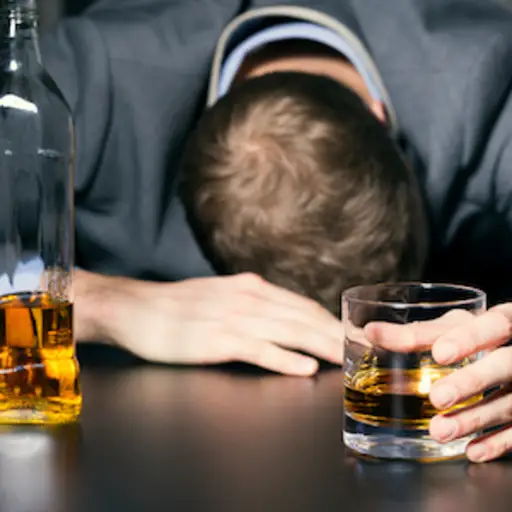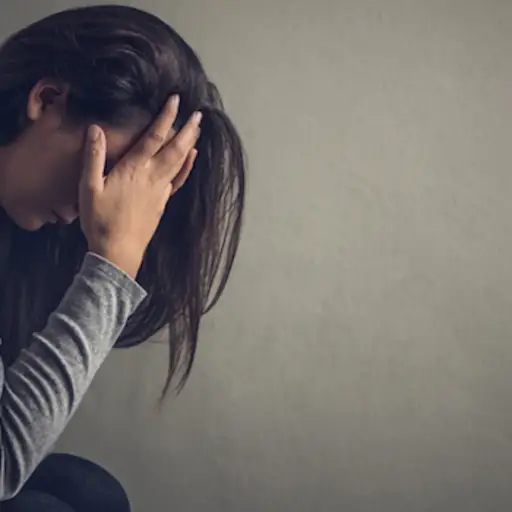什么是双相情感障碍?

Bipolar disorder, alsoknown as manic-depressive illness, is a condition that causes extreme shifts in mood (from depression to mania), energy, activity levels, and the ability to participate in daily tasks and activities according to theNational Institute of Mental Health (NIMH).

Types of bipolar
Types of bipolar disorder, according toNIMH, are:
- Bipolar I: Manic episodes lasting seven days or needing hospitalization. Depression lasts at least two weeks.
- Bipolar II: Episodes of depression and hypomania; mania does not reach level mania seen in bipolar I.
- Cyclothymic Disorder: Numerous hypomania and depressive episodes over a period of two years for adults, one year for children.
- Unspecified bipolar: Symptoms that do not match previous three categories.

What is a depressive episode?
During adepressive episode, people feel sad or hopeless, they have little energy and may either sleep too much or have difficulty falling asleep. They find it difficult to concentrate and may think about death and suicide, according toNIMH. Depressive episodes can last anywhere from a few hours to several months.

What is a manic episode?
Amanic episodehas sometimes been described as a feeling of elation or excitement. People in manic states have trouble sleeping and are very active. They might become extremely talkative and feel like their thoughts are racing. They may become agitated or irritable or may engage in risky behaviors, such as spending a lot of money, driving fast or reckless sex, according toNIMH.

What is a mixed episode?
A mixed episode is a combination of a depressive episode and mania. It might appear as a torrent of negative thoughts or it could be rapid cycling, from one mood to the next very quickly. This type of bipolar is difficult to treat, and suicide is more prevalent, according to a report published in theChonnam Medical Journal.

How many people live with bipolar disorder?
Approximately 2.6 percent of adults in the United States arediagnosed with bipolar disease. About 83 percent of those are considered severe according to theNational Alliance on Mental Illness(NAMI.) Men and women are affected equally. Children and teens can have bipolar disorder, but the average age of onset is 25 years old.


How is bipolar disorder treated?
There are two main forms ofmedical treatment for bipolar disorder, according to NIMH:
- Psychotherapy – talk therapy, cognitive behavioral therapy.
- Medications – mood stabilizers, antipsychotics, antidepressants.

What behavioral strategies can help reduce symptoms of bipolar disorder?
There are a number ofways you can manage bipolar disorder. The first is to learn about bipolar disorder and understand what to expect. Other behavioral strategies include:
- Keeping a mood journal
- Healthy eating.
- Keeping a daily routine.

The association between bipolar disorder and substance abuse
Between 30 and 50 percent of people with bipolar disorder also have a substance abuse disorder (SUD) according to Substance Abuse and Mental Health Services Administration (SAMHSA). People with bipolar who also have SUD are less likely to adhere and respond to treatment and more likely to be hospitalized or attempt suicide.

Suicide and bipolar disorder
Between 25 and 50 percent of people with bipolar attempt suicide at least once, according toSuicide.org. Those who have mixed episodes or have co-occurring SUD are at a high risk for suicide.

Physical illnesses associated with bipolar
People with bipolar disorder often have coexisting illnesses such as anxiety or substance abuse. But they are also at a higher risk for a number of physical illnesses such as thyroid disease, migraines, heart disease, diabetes, and obesity, according to NIMH. Medications for bipolar can cause hunger and weight gain so it is important to stick to a healthy diet as much as possible.
Eileen Bailey is an award-winning author of six books on health and parenting topics and freelance writer specializing in health topics including ADHD, Anxiety, Sexual Health, Skin Care, Psoriasis and Skin Cancer. Her wish is to provide readers with relevant and practical information on health conditions to help them make informed decisions regarding their health care.

